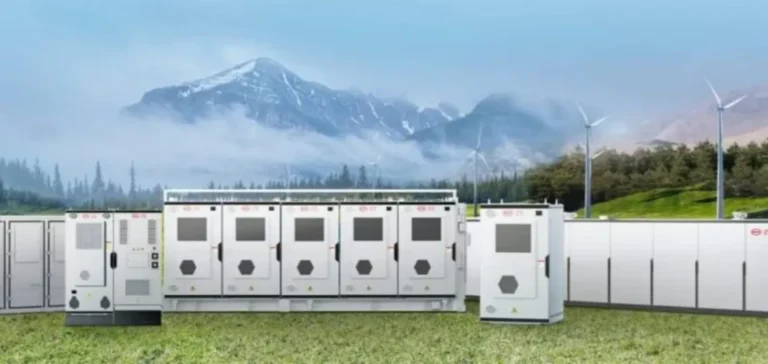Since 2019, Central European countries have increased their solar generation nearly sixfold, from 5 TWh to 29 TWh in 2024. This contrasts sharply with the European Union’s 2.5-fold increase, where solar output grew from 125 TWh to 308 TWh. The rapid progress is transforming a region historically reliant on coal into a major player in solar energy and battery production.
An energy transition driven by solar expansion
Hungary has positioned itself as a regional leader, with nearly 25% of its electricity coming from solar in 2024, up from just 4% in 2019. This share peaked at a record 42% in June 2025. Poland experienced even more significant growth: solar generation rose from 0.7 TWh to 15 TWh, with more than 1.5 million prosumers recorded by mid-2025. For the first time, renewables overtook coal in Poland’s electricity production.
Czechia installed over 1 GW of new photovoltaic capacity in 2023, after a decade of stagnation. Solar output doubled to 4 TWh in 2024, representing 14.7% of its electricity in June 2025. Slovakia, long held back by a grid connection moratorium, added 274 MW in 2024, marking a shift after years of limited growth.
Coal decline and battery industry expansion
The decline of coal is progressing alongside the energy shift. Coal’s share in Hungary’s power mix dropped from 12% to 6% between 2019 and 2024. Poland reached a symbolic milestone with renewables surpassing coal in electricity generation. Czechia brought forward its coal phase-out to 2033, following a 7 percentage point drop. Slovakia closed its last dedicated coal-fired power plant in 2024, limiting coal to co-generation only.
At the same time, the region is emerging as a battery manufacturing hub. Hungary hosted nearly 40% of the European Union’s cell assembly capacity as of January 2025. Poland leads with a grid-scale battery project pipeline of 7.3 GW, including 0.8 GW permitted or under construction. However, deployed grid-scale batteries remain modest, totalling just 0.1 GW, less than 2% of the EU’s installed capacity.
Industrial momentum despite structural challenges
Despite below-average solar potential and relatively low gross domestic product levels, these four countries have advanced through regulatory and industrial choices. The progressive coal exit, the rise of prosumers and investments in storage mark a strategic repositioning of their energy models. This shift could significantly alter the energy balance within the European Union.






















